MERCER — The 25 baby chicks farmer Dan Charles was expecting from a Pennsylvania hatchery didn’t come the day they were scheduled to last week and he was concerned.
Tracking the order online — which was two-day air from the U.S. Postal Service — he got few answers.
When the box, with three air holes and marked “Baby Chicks,” arrived the next day, his worst fears were realized.
They were all dead.
“I was so sad when I got these dead birds,” said Charles, 58. “It’s just not right.”
There was no warning or explanation the fragile package of one-day-old chicks was going to be late.
Charles had ordered the recently hatched chicks from Moyer’s Chicks in Quakertown, Pa., as he does around this time every year. After he received the shipment of dead chicks, he filed a complaint with the postal service.
It is not clear who is at fault for the chicks’ deaths, but Charles said he wants answers and is concerned it could happen to others.
But the hatchery, the postal service and animal advocates say it’s expected that some chicks — though not an entire shipment — will die while being shipped.
With spring approaching and farmers across the region preparing for the season, it’s one of the busiest times for hatcheries preparing to ship thousands of baby birds across the country.
âCOMMON TRAGEDY’
Young chicks are one of the few animals that can be shipped alive. While there are regulations for the methods and timing of shipping, each year the practice reawakens opposition from animal rights activists calling for a ban on sending live animals in the mail.
“Unfortunately, it’s a very common tragedy,” said Stephanie Bell, a casework director for the Cruelty Investigation Department of PETA (People for the Ethical Treatment of Animals). “There are serious risks to putting animals in a package and sending them across the country.”
PETA responds to thousands of reports of animals dying or suffering in the mail each year — most of them in the spring and most of them baby chicks, Bell said.
Companies such as Moyer’s Chicks, the hatchery from which Charles ordered his chicks ship — and the USPS delivers — millions of animals each year.
The practice is common, according to Richard Brzozowski, a poultry specialist at the University of Maine Cooperative Extension and education advisor for the Maine Poultry Growers Association.
Because there are no commercial hatcheries in Maine, local farmers, like others around the country, often rely on mail order for large quantities and different strains of birds, he said.
While most shippers and parcel delivery services have strict rules about shipping live animals, when some don’t survive, it raises questions about the care of live animals in the mail, Brzozowski said.
“I’m sort of surprised the hatchery would send them unless they made arrangements for special carrying and the person receiving them would make special arrangements,” Brzozowski said. “It’s not uncommon for some to die, but not 100 percent.”
âABERRATIONS’
Leon Moyer, owner of Moyer’s, said the company takes every precaution possible to ensure that chickens arrive safely and healthy. The company sends about 1.3 million chickens all over the world each year, including to Europe and Africa, he said.
He estimated between 1 percent and 2 percent don’t survive, which amounts to 13,000 to 26,000 chickens.
“It’s very disconcerting to us when we hear reports that some chicks are dead, all of them are dead or that they were shipped to the wrong address,” Moyer said, adding that he was not familiar with Charles’s case. “Of course, all of these individual incidents are aberrations to what is the norm.”
The weekend of March 8, when the shipment of chicks that Charles was waiting for hadn’t arrived, he was able to track it online but couldn’t get much information other than that they had spent 19 hours in a postal holding center in Quakertown, not far from where they hatched at Moyer’s. Charles said he paid for two-day air service.
“They sat on a dock or in a post office somewhere for almost an entire day, and I want an answer,” said Charles, who also raises cattle and goats on his small farm. “Those poor chicks had a hard time getting out of the eggs as it is, and now somebody just let them die. It’s cruelty to animals.”
Baby chicks can live up to 72 hours without food or water after hatching, according to Brzozowski, who said that the yolk part of a chicken egg has enough nutrients to sustain the young birds for a few days. That gives shippers and the postal system a small window of time to send the birds.
The box Charles’ chicks were in had airholes and was packed with wood shavings for insulation.
Brzozowski recommends that anyone receiving baby chicks have a dry space prepared that is heated at around 90 degrees and contains food and water.
“If they die in transit, it’s probably because of freezing or starvation,” Brzozowski said. “If they get chilled, it’s bad.”
The ideal outdoor temperatures for mailing chicks would be in the 60s or 70s, and even then they primarily rely on body heat from other chicks to keep warm, he said.
The weekend Charles was expecting the chicks, a snowstorm passed through the mid-Atlantic states and the highs were around 40 and lows 27 in northeast Pennsylvania, according to the National Weather Service.
Shipments typically occur in April or May, but Charles said he has always ordered chickens earlier so they can have a longer laying season.
STRICTLY REGULATED
The U.S. Postal Service is one of just a few carriers that will ship live animals, and there are strict regulations, according to an email from postal spokeswoman Melissa Lohnes. Specific details about Charles’ case were not immediately available, Lohnes said.
Most major mail and parcel delivery competitors don’t ship live animals, she said.
According to its website, UPS will ship some amphibians, reptiles and fish, but not birds. The FedEx website says shipments of live animals are reserved primarily for zoo animals traveling to and from zoos and horses traveling between gateway stables.
Household pets, such as dogs and cats and fish, are not allowed.
“The postal service does take this risk, and we do our best to ensure a safe arrival,” Lohnes wrote in the email. “Because of circumstances beyond our control, however, some chicks may be lost while in transit.”
Even when animals don’t die, there are serious risks to shipping them in the mail that include extreme temperatures, darkness, loud noise, lack of food and water, and crowding, said Bell, of PETA. Exposing animals to such conditions can lead to criminal charges in some cases and has resulted in PETA taking a strong stance against the practice, she said.
“Unfortunately, the companies that do this consider these animals to be expendable,” Bell said. “If something goes wrong it is OK for them, profitwise, to just send another shipment. What they’re not taking into account is the suffering these animals endure.”
According to USPS guidelines, there are limited allowances on the types of birds that can be sent. There is a four-hour time limit on the amount of time day-old poultry can sit in a regular, closed postal service vehicle, although there is no limit on the amount of time that can be spent at a holding center.
In Mercer, Charles is expecting a replacement order of chicks to arrive on Wednesday, Moyer’s reimbursement for the lost order. He hopes to get an answer for what happened to the others, because now he’s anxious about the coming shipment.
“I have more birds coming,” he said, “and I just want to know: Is this going to be a trend? Is it an ongoing thing?”
Rachel Ohm — 612-2368rohm@centralmaine.com
Send questions/comments to the editors.


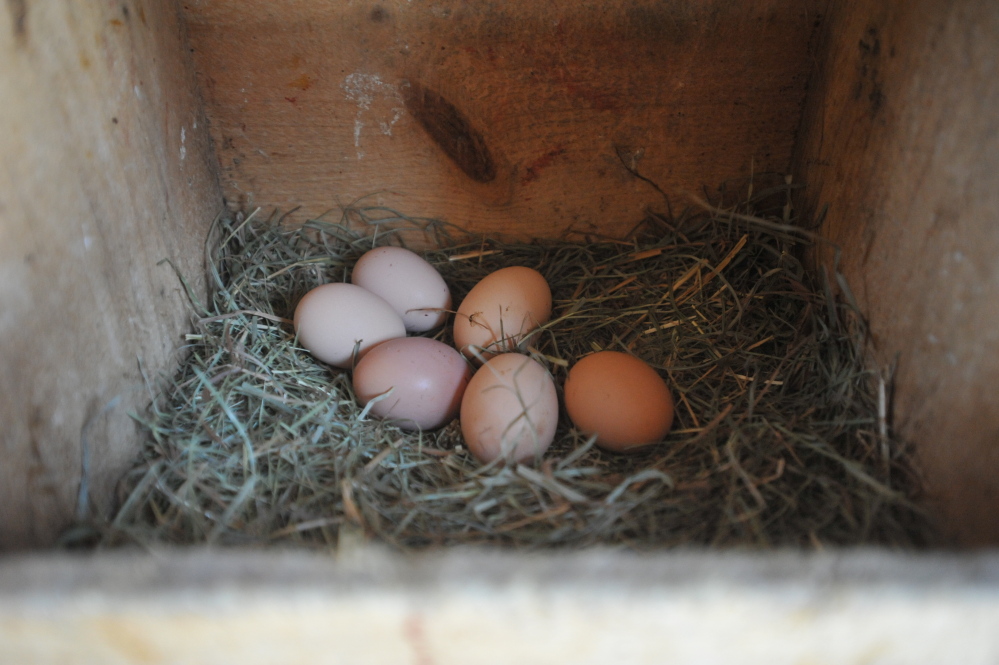
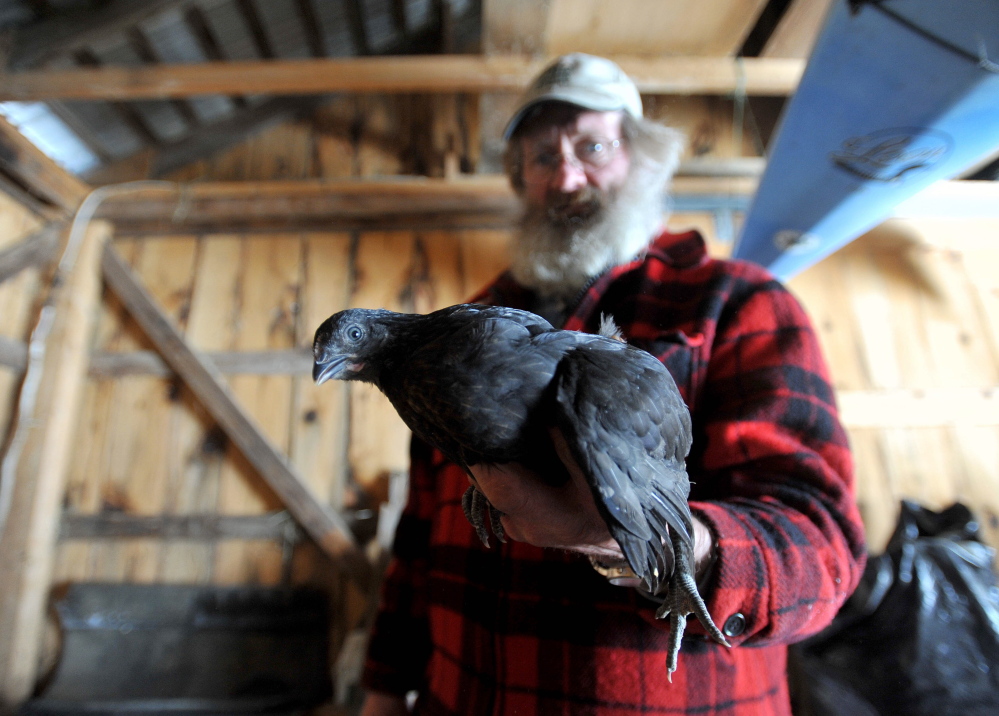

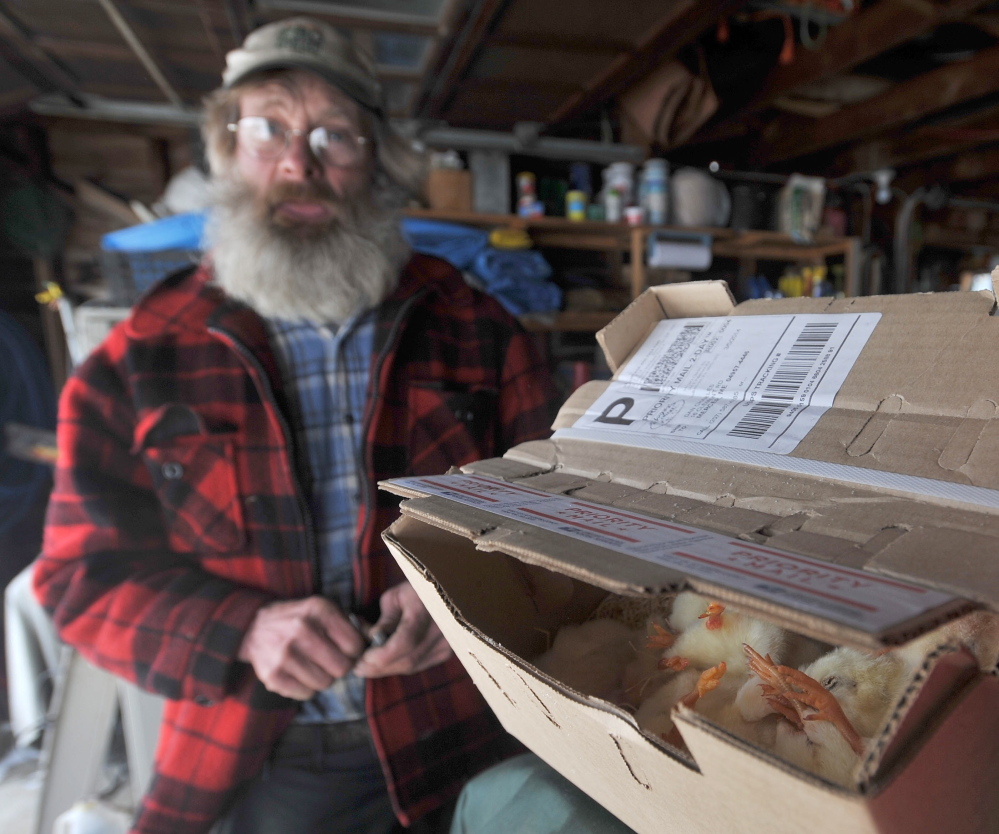
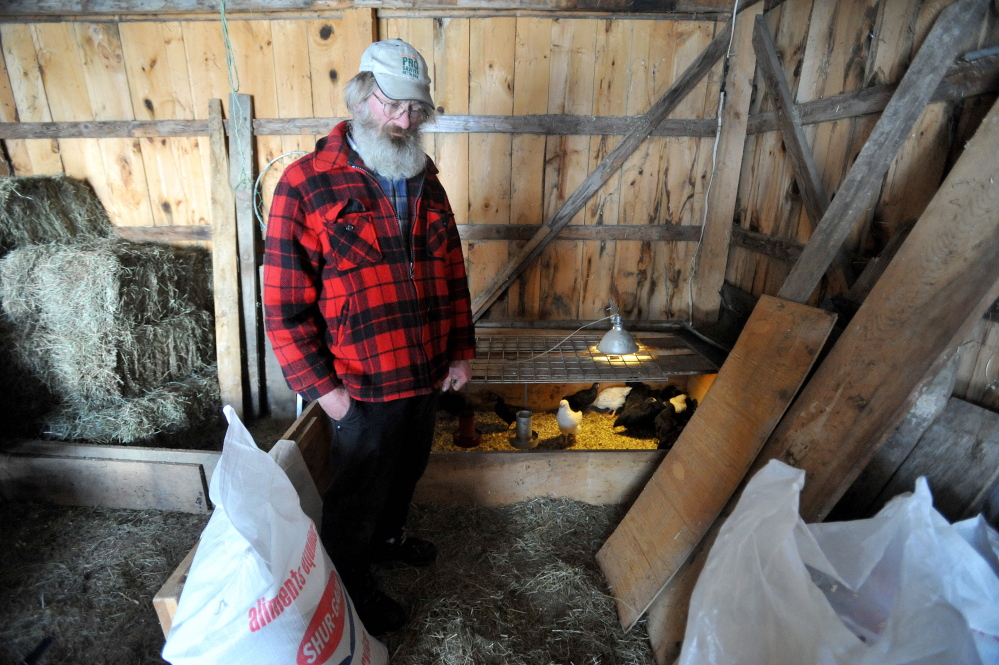
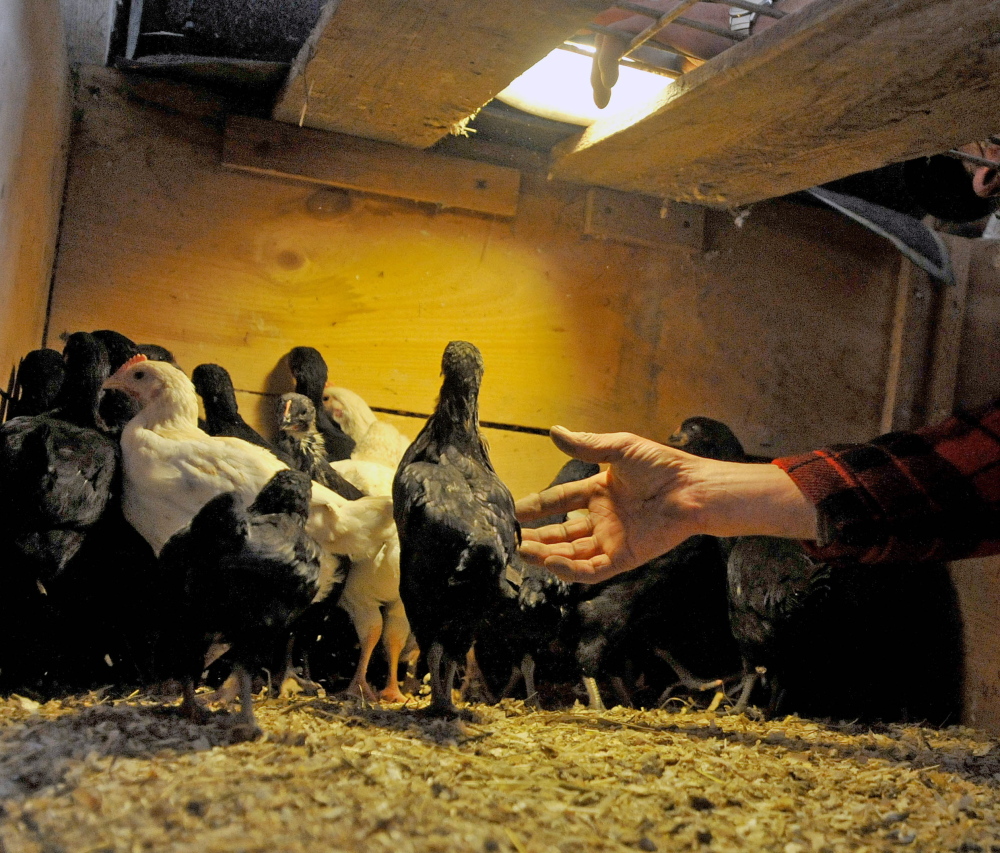

Success. Please wait for the page to reload. If the page does not reload within 5 seconds, please refresh the page.
Enter your email and password to access comments.
Hi, to comment on stories you must . This profile is in addition to your subscription and website login.
Already have a commenting profile? .
Invalid username/password.
Please check your email to confirm and complete your registration.
Only subscribers are eligible to post comments. Please subscribe or login first for digital access. Here’s why.
Use the form below to reset your password. When you've submitted your account email, we will send an email with a reset code.